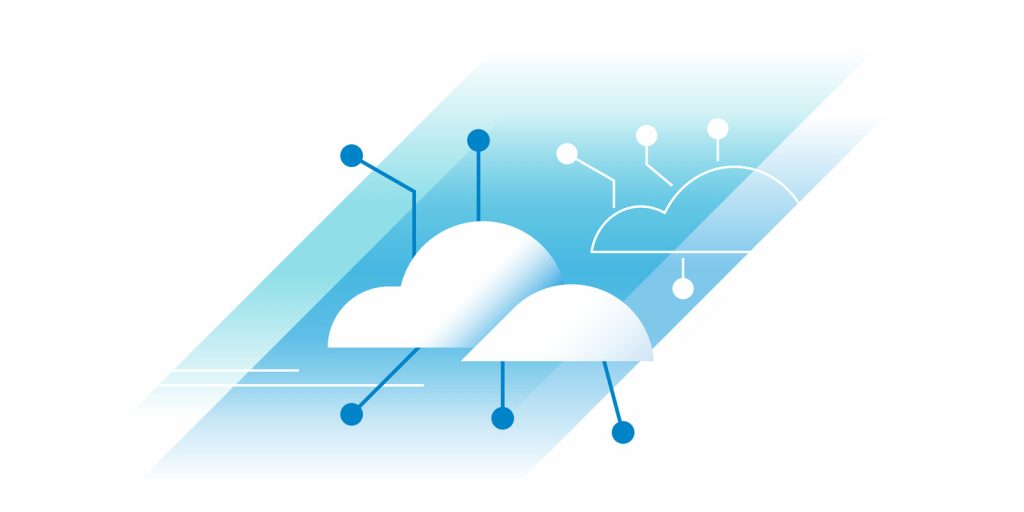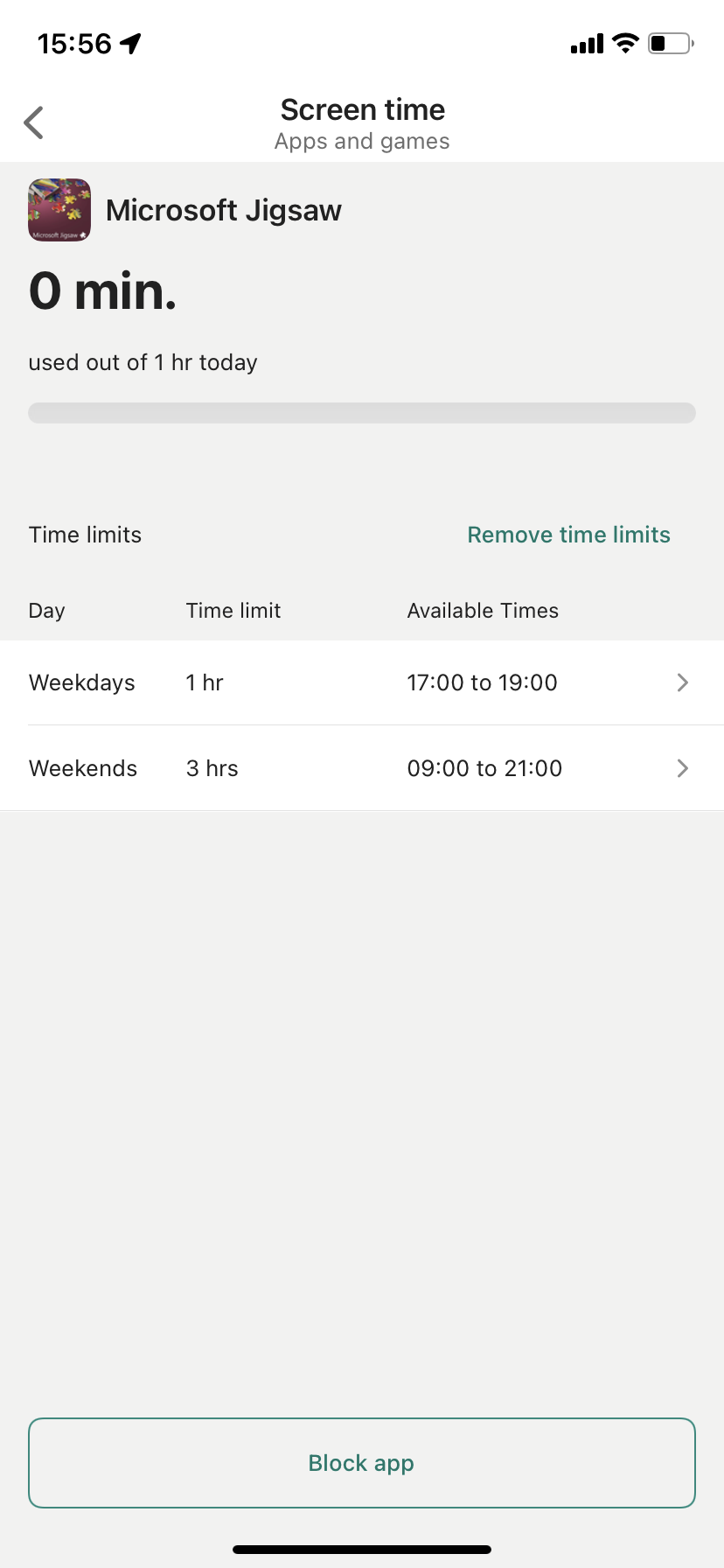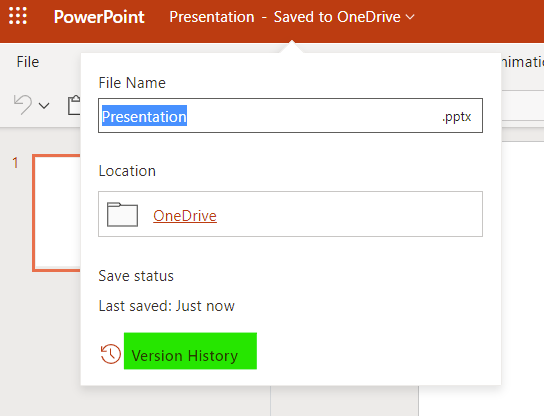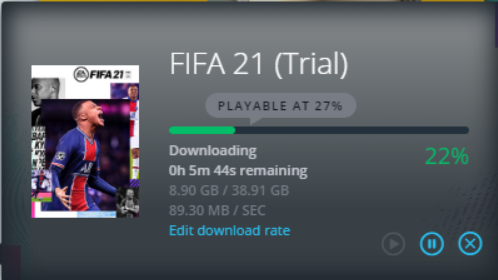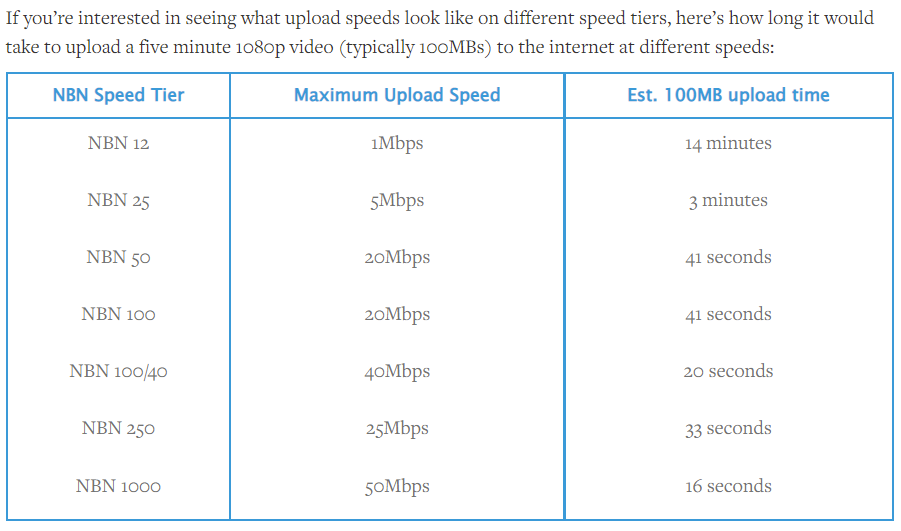All major consumer tech providers are now offering cloud services in addition to selling devices. This is a strategic move for these companies as it creates a subscriptions revenue stream that is a growing part of their overall revenue. To make these services attractive to consumers, they are bundled in simple, easy to consume, packages that are priced very competitively.
Tech providers always start with a free service that offers smaller data storage and basic services. This is to entice users to subscribe to the services for free (hey who doesn’t like free stuff?). Note that users are actually FORCED to subscribe to these free services in order to use the devices that they just purchased (smart hey?).
Then they offer paid services to give you access to additional services and storage. Storage will be the driver of adoption of these paid services as invariably you will end up using your free storage. This is why they will push you to back up your photos and videos to their clouds as these require the largest amount of data. This trend will become even more acute as newer devices create photos and videos in increasingly higher resolution.
Cloud Services typically include the categories below:
- Calendar
- Photos and Videos
- Data Storage
- Applications
- Other services (vary by provider)
- Music
- TV Series / Movies
- News
- Gaming
Prerequisite: Creating Your Families
Cloud Services can be shared between members of your family. This has multiple advantages such as:
- Lower cost: one subscription for all family members
- Share purchased apps between family members.
- Single payment method with parental approval
- Enable shared services such as calendars, reminders, photo albums, etc
- Enable Parental Controls
So before purchasing any cloud service subscription, please ensure that your family is properly set up. It will make the process a LOT easier.
In which Cloud Service should I invest?
In this section, we cover Microsoft, Apple and Google cloud services. All three work on the same principles and all three have their strengths and weaknesses. I believe it really boils down to how your family consumes and creates content.
Before deciding on a home cloud strategy, you should carefully consider your family habits. In my case, my wife uses her iPhone 99% of the time both for consuming and creating content, my son uses his iPhone and Windows PC to consume content and play games but creates content only on his PC using his Google school account (which means that this content is stored in the school Google cloud). I use my iPhone and my work-issued Windows PC to consume content but I create content almost exclusively on my work-issued PC and it is stored on the work OneDrive.
So what does this mean for my family? We use only Apple iPhones and iPads so Apple iCloud is the easiest way of managing our mobile devices and photos. We also all use Gmail for our emails so we had to upgrade our Google cloud storage as we ran of space in the free version. I chose to use the extra paid Google storage to create a secondary backup for our iPhone photos just in case. Finally we all use Windows PC at home but we don’t really create much on them so we are NOT actively using Microsoft OneDrive for home use.
